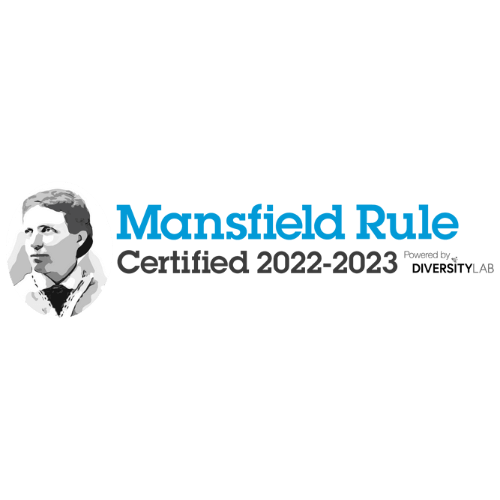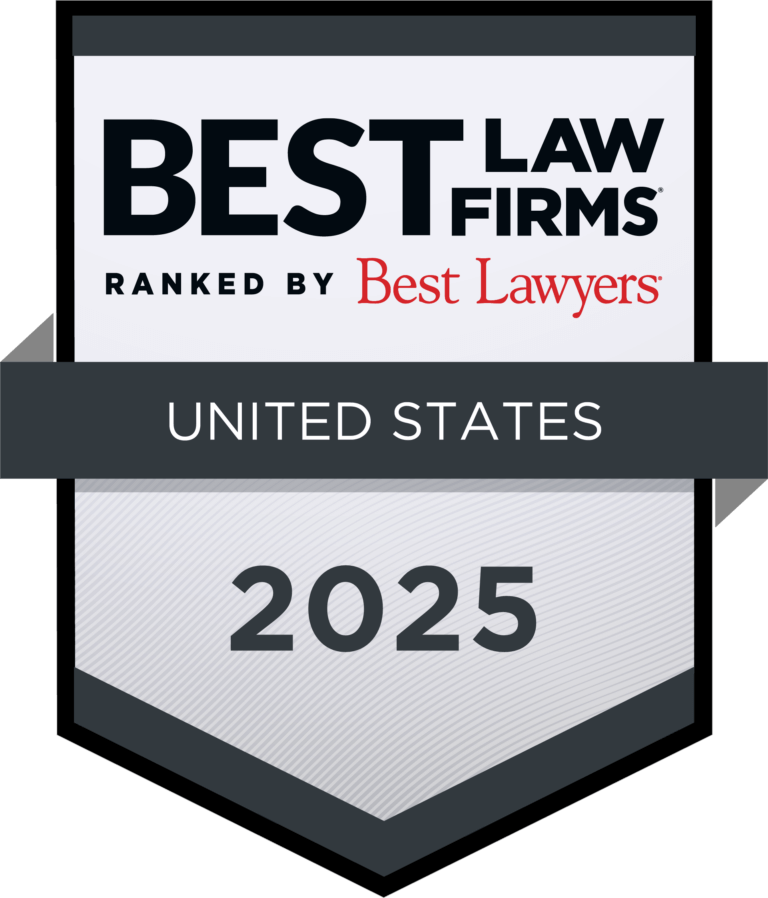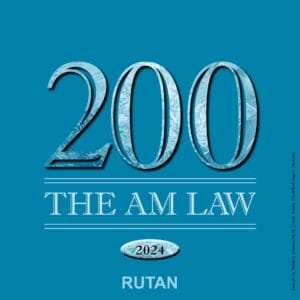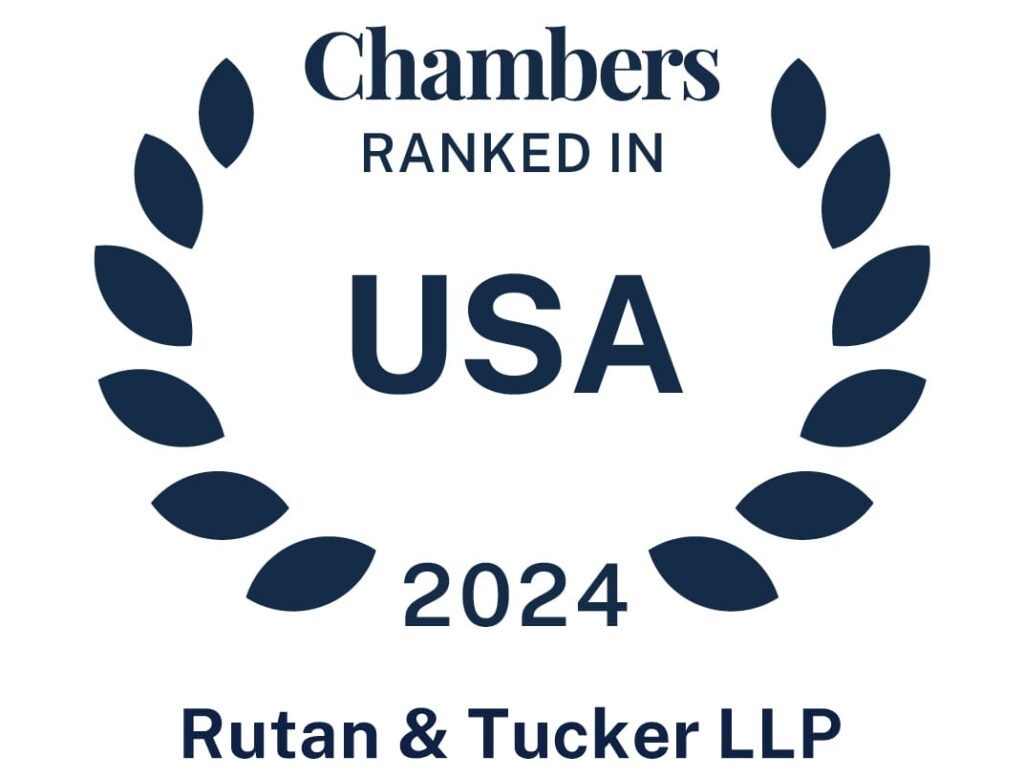Reprinted with permission from the Daily Journal Corporation
CASE IN FOCUS July 18, 1997, Verdicts & Settlements
CASE IN FOCUS Type: Business law, interference with contract, construction.
Verdict: $1.57 million (net) against defendant ASL Consulting Engineers, after deduction of $30,000, plus $1.25 million (previous settlement with the defendant city).
Case/Number: Sully-Miller Contracting Co. v. ASL Consulting Engineers, et al. BC 139308. Court/Date: L.A. Superior Central/March 5. Judge: Hon. Madeleine I. Flier, Dept. 37. Disbursement: Per the plaintiff, $1.27 million (economic damages); $300,000 (punitive damages).
Attorneys: Plaintiff – Steven A. Nichols, Richard K. Howell (Rutan & Tucker, Costa Mesa), Defendant – Brian K. Stewart (Collins, Collins, Muir & Traver, Pasadena) ASL Consulting Engineers
Plaintiff Sully-Miller Contracting Co. had a contract to construct public improvements for the defendant city near the Santa Anita racetrack. Defendant ASL Consulting Engineers was the engineer and construction administrator for the project. The businesses downtown in the defendant city depend on the racetrack traffic to provide commerce during the racing seasons. The project was scheduled so that work was performed during the commercial lull that occurs between April and October, when there is no racing at Santa Anita. In August 1995, approximately two months after the work began, Sully-Miller and the entire rock, sand and gravel material supply industry were hit by a major labor strike by the operators of heavy engineering equipment. As a result, work on the project came to a halt in several areas. The prime contract entitled Sully-Miller to a time extension for the strike.
On August 22, 1995, the defendant city adopted a resolution declaring a public emergency based, in part, on an August 18, 1995, letter from ASL’s project manager. Defendant ASL asserted that all flood protective devices in the defendant city were severed and work had to be performed and completed by another contractor before the commencement of the rain season on October 15, 1995. In reliance on defendant ASL’s report, the defendant city suspended Sully-Miller’s contract, seized Sully-Miller’s construction materials and proceeded with a replacement contractor. The defendant city later terminated Sully-Miller’s contract in its entirety. The plaintiff brought this action against ASL and the city based on breach of contract, interference with contract, inverse condemnation, conversion and negligence theories of recovery. The defendant city filed a cross-complaint against the plaintiff for breach of contract in the amount of $3 million. The plaintiff settled its claims against the city before trial. (The defendant city paid $1.25 million.) Contentions: The plaintiff contended that it was politically unacceptable for the defendant city to grant Sully-Miller a time extension and wait for the strike to end because of the needs of the businesses and the Santa Anita racetrack. The plaintiff also contended that the emergency declaration was false and fraudulent, and that the true reason for the declaration and the suspension was to complete the work before the racing season began at Santa Anita. The defendants contended that the emergency declaration was legitimate and that the actions were justified for other reasons. Damages: The plaintiff claimed $1,882,000 in compensatory damages for unpaid bills, lost profits, the value of the materials seized, interest and attorney’s fees. The plaintiff also sought $600,000 in punitive damages. Settlement Discussions: The plaintiff made a C.C.P. ¤998 offer of compromise for $25,000. The defendant city made a C.C.P. ¤998 offer of $1.25 million, which the plaintiff accepted. The defendant city contended that the settlement amount was inclusive of costs and attorney’s fees. The court ruled that costs and attorney’s fees are not included in a C.C.P. ¤998 offer, absent a specific provision in the offer.
Mediation: A mediation was held before George Caulkins of AAA. It did not resolve the matter. Other Information: The verdict was reached approximately one year and four months after the case was filed. Defendant ASL argued that its was entitled to a credit for the full amount of the defendant city’s C.C.P. ¤998 offer in the amount of $1.25 million, thus reducing the net judgment against it to $320,000. The defendant city argued that the judgment against defendant ASL should be joint and several with the judgment to be entered pursuant to it C.C.P. ¤998 offer (i.e., that ASL was entitled to a credit and that the city should receive contribution for ASL for ASL’s share). The plaintiff rejected both arguments. The court ruled in favor of the plaintiff on those offset claims. The court ruled in favor of Defendant ASL’s motions for judgment notwithstanding the verdict, new trial and remittitur were denied. Both defendants have appealed.
Separate Article Construction Attorney Builds Up a Practice Reprinted with permission from the Daily Journal Corporation July 18, 1997, Verdicts & Settlements, Litigator Profile Name: Steven A. Nichols Firm: Rutan & Tucker, Costa Mesa. Background: Nichols grew up in Southern California, where various members of his family work in public works contracting and engineering. He received his bachelor’s degree, cum laude, from California State University in 1977 and his law degree from the University of Southern California in 1980. Nichols has been practicing law for 16 years, specializing in construction and business litigation. He serves as vice president and chief legal counsel for the Big Brothers/Big Sisters of Orange County. Nicholas and his wife, Kimberlee, have been married for 13 years, and they have three children. Why did you decide to go into law? “I think because the idea of representing people involved in various kinds of business disputes was something that was interesting, and also, to be working in the construction industry with my family. . . . The construction industry, unfortunately, is known for its litigious nature (laugh). So you run across it a lot working around the construction industry. So, I got an interest in it primarily from that.” Do you enjoy litigation? “Yeah, I do. I enjoy the process. I enjoy the work. I enjoy the fact that every case is different and new. It has been a good match for me. With construction cases, you often have numerous parties and many experts. Is it difficult presenting complex construction cases in front of juries? “Well, it is, and depending upon the identity of the party you represent, it can be extremely challenging. It can be a process of trying to follow along and keep your client out of trouble. . . . I enjoy the complexity of it, and I enjoy the technical side of these cases. I have an interest In what the experts have to say and in their analysis. I enjoy the process of trying to distill the analysis of the experts into some kind of sensible, understandable points and themes that a jury will appreciate.” Do you think juries fully grasp the concept of ‘Industry practice’ in construction cases? “I think that with good experts who are good at explaining things in lay terms, they do. I think part of the system of having 12 jurors is that typically there will be at least one person there who will get the points and take them with him or her into the jury room. I think that with good experts, trying to keep it simple and making [the case] presentable and understandable, they get it.” When you pick a jury, do you break into a smile when you discover that an engineer is coming on board or someone else familiar with the industry? “(Laugh.) It really does depend. In some cases, yes, but I think you have to pay attention to the background in deciding whether that person is going to have predisposition for or against your client. Sometimes an engineering background, a contracting background or a related technical background can be very helpful. Sometimes it can be a source of great concern and trouble.” Cases involving contractors and subcontractors often settle. Do you really have to be familiar with arbitration and mediation techniques and be willing to use them? “I think alternative dispute resolution has probably made a bigger impact in the construction industry than most others, perhaps any other. Arbitration really became kind of an institution in the construction industry, I believe, before just about any other. One of the things that I havedone that I think has been of great benefit to me is that I went on the panel of arbitrators for the American Arbitration Association 10 years ago. I’ve been on the complex case panel for the last few years working as an arbitrator on a number of construction cases and other types of cases as well. I feel that I have got a bit of understanding that perhaps some others don’t have. I think alternative dispute resolution in the context of mediation has really come on in the last few years in the construction industry. . . . Mediation is a tremendous tool, and, in many cases, it is a savior for all involved. It allows the parties to come to an agreement that they themselves make. It is not forced on them by an arbitrator who makes a binding decision for them. It is not forced on them by a judge or jury. It allows them to construct a short-term business relationship between themselves that allows them to walk away from a dispute.” Would you say that because mediation has become so important in the construction industry, many attorneys spend too much time preparing cases to settle rather than to litigate? “Yeah, I think so. I think that is probably true of just about all types of litigation. Maybe not so much with personal injury cases, but with most types of litigation. Cases are more often settled one way or another, and so lawyers are preparing with that in mind. That can create problems for those cases that end up getting tried or those cases that end up getting arbitrated. And of course in the construction industry, many cases still get arbitrated.” Now honestly, for people who are associated with the construction industry, California must be a great place to do business. When an earthquake hits, things really get rolling — so to speak. “(Laugh.) Yeah, I guess that’s true. I really haven’t had too much exposure to lawsuits arising from earthquakes or seismic activity, . . . but I certainly have heard of it. There are cases where these large heavy-engineered bridges and structures suffer damage and people afterwards begin to look around to figure out whether it was designed adequately for the anticipated seismic load. Yeah, I have certainly heard of that, but I personally haven’t had any exposure to it.” You’ve been practicing for 16 years. Have you seen many changes in the legal profession? “I wouldn’t say that I have seen a lot of changes in the legal profession. You know, one of the things that matters to me in dealing with lawyers is just simple honesty and professionalism. You run into that often, but sometimes you don’t . . . In terms of the quality of lawyers, I think that over the period of time I have been in practice, the degree of specialization has increased. I would say that it is the case that lawyers tend to be more knowledgeable about the fields in which they litigate than they were when I started. It certainly seems to be the case in construction, real estate litigation and other types of business litigation.” Would you like your children to join you in the legal profession? “I think so. You know, I have one, may older daughter, who seems to have a natural lawyer’s way about her. (Laugh.)” (Laugh.) Oh my, what does that mean? “(Laugh.) Well, she advocates her points –mmm– thoroughly. (Laugh.) At times beyond the level at which her parents are listening. (Laugh.) But yeah, I would be proud to have my children to into this profession, if that is the one they decided they had an interest in and a talent for.” What other litigation professionals say about this attorney: Attorney Shari Kim Gale, staff counsel with the general counsel’s office of the Los Angeles Unified School District and Nichols’ opposing counsel on multiple matters, says: “I have always found Steve Nichols to be prepared, fair, eminently reasonable and a person that always exhibits the highest ethical standards when litigating cases.” Gale adds: “It is a pleasure, if one can say that, to have cases against him, because you know you will always be dealing just with the legal issues and the practical concerns of both clients. He is just a really fair person.” Attorney Raymond King of the Law Offices of Raymond King in Newport Beach and self-described “legend in his own mind” was co-counsel with Nichols on a major construction defect case and says that Nichols “is a very accomplished attorney, and he has a great deal of expertise in the construction defect litigation area . . . I feel that his involvement as co-counsel in the case contributed greatly to an early and beneficial settlement.” Author –Kathy Kinsey Verdicts & Settlements is a supplement to the Los Angeles Daily Journal



